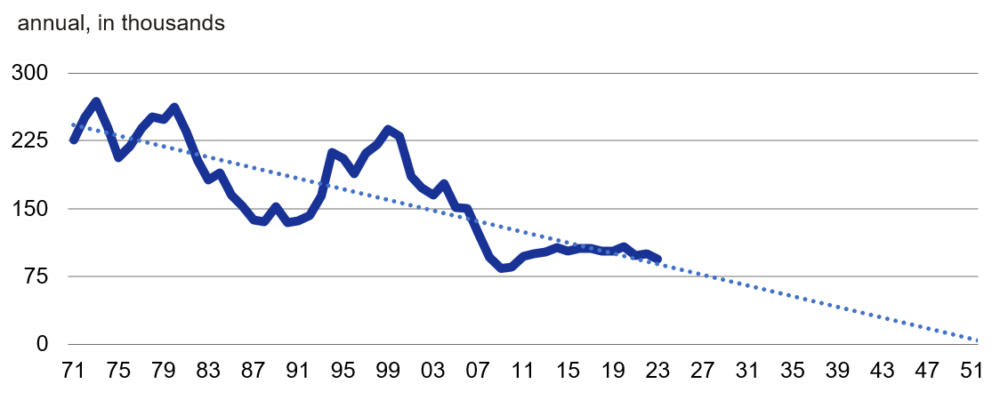German exports to Eastern European countries and the US have fully compensated for the weaker development of exports to China. The increase of exports to Eastern Europe has mainly been driven by Poland, which alone has reached a share of 6% in total German exports in 2024 YTD – and which is now as important for the German export sector as China. The combined share of Poland, Czech Republic and Hungary stood at 11.5% in the first seven months of 2024. This is a sign of the ongoing integration of the industrial value chains between Germany and these countries. The US share in total German exports reached a new record high in the first seven months of 2024 (10.1%). It is obviously helpful that economic growth in the US is stronger than in the EMU..
While economic cooperation between Germany and its Eastern European trading partners is likely to deepen (nearshoring), the future importance of China as an export market depends heavily on the overarching trade relationship between the EU and China and the German corporate sector’s strategy in dealing with China (e.g. the extent of de-risking, German FDI in China).
It is noteworthy, though not surprising, that German exports to Russia have declined markedly during the last few years, mainly driven by mutual sanctions. While Russia accounted for 3.5% of total German goods exports in 2012, this share has come down to just 0.5% of late. In contrast, the negative impact of Brexit on German exports to the UK appears to have diminished. The UK’s share in total German exports has recently recovered slightly to 5% (from a low of 4.6%), admittedly still well below the former peak of 7.5%.
German exports to Eastern European countries and the US have fully compensated for the weaker development of exports to China. The increase of exports to Eastern Europe has mainly been driven by Poland, which alone has reached a share of 6% in total German exports in 2024 YTD – and which is now as important for the German export sector as China. The combined share of Poland, Czech Republic and Hungary stood at 11.5% in the first seven months of 2024. This is a sign of the ongoing integration of the industrial value chains between Germany and these countries. The US share in total German exports reached a new record high in the first seven months of 2024 (10.1%). It is obviously helpful that economic growth in the US is stronger than in the EMU. While economic cooperation between Germany and its Eastern European trading partners is likely to deepen (nearshoring), the future importance of China as an export market depends heavily on the overarching trade relationship between the EU and China and the German corporate sector’s strategy in dealing with China (e.g. the extent of de-risking, German FDI in China).
Deutsche Bank AG
Please visit the firm link to site





